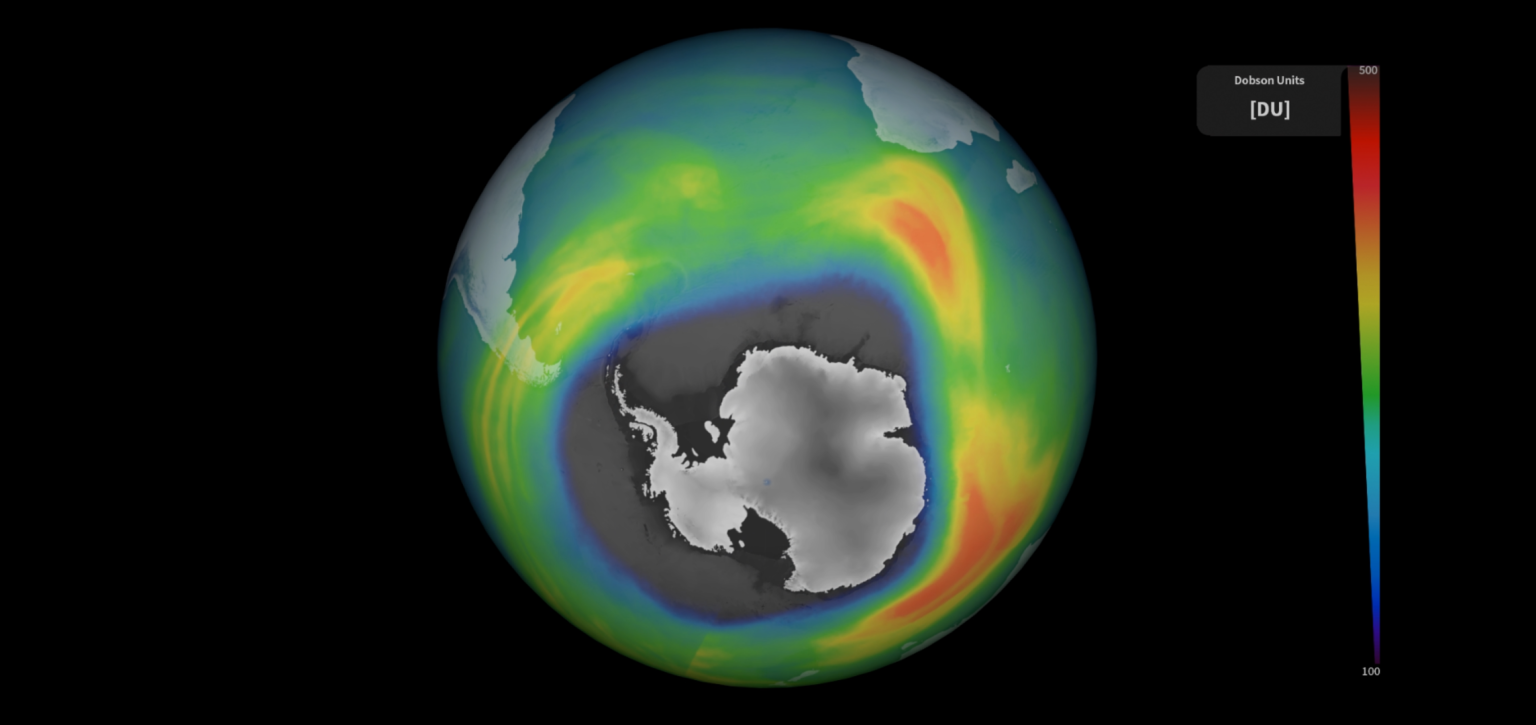NASA has selected four proposals for climate science missions, including one led by a University of Washington researcher, to further study with millions of dollars in funding. The selected proposals focus on topics such as interactions between the stratosphere and troposphere, ocean dynamics and surface exchange with the atmosphere, observations of terrestrial ecosystems and the surface topography of glaciers, and multi-species measurements of critical greenhouse gases.
The STRIVE mission, led by UW atmospheric scientist Lyatt Jaeglé, would provide daily, near-global, high-resolution measurements of temperature, atmospheric elements, and aerosol properties from the upper troposphere to the mesosphere. It would also measure vertical profiles of ozone and trace gases to monitor and understand the recovery of the ozone layer. The science team for STRIVE includes researchers from various institutions in the U.S. and Canada.
ODYSEA, led by Sarah Gille at the University of California in San Diego, would focus on measuring ocean surface currents and winds to improve understanding of air-sea interactions and surface current processes. This information would impact weather, climate, marine ecosystems, and human well-being. EDGE, led by Helen Amanda Fricker at UCSD, would observe the three-dimensional structure of terrestrial ecosystems and the surface topography of glaciers, ice sheets, and sea ice as they respond to climate and human activity.
Carbon-I, led by Christian Frankenberg at Caltech, would enable simultaneous, multi-species measurements of critical greenhouse gases and potential quantification of ethane, which could help study processes driving natural and human-caused emissions. Each of the science teams for the four selected proposals will receive $5 million to conduct a one-year concept study, after which NASA will select two proposals to move forward to launch. The mission cost for each selected investigation will be capped at $310 million, not including launch costs.
NASA’s Earth System Explorers Program focuses on Earth science questions related to topics such as greenhouse gases, the ozone layer, ocean surface currents, and changes in ice and glaciers around the world. The program aims to better prepare for the challenges of a changing climate and its impacts on humans and the environment. The selected proposals represent NASA’s holistic approach to studying Earth and gathering essential data for scientific research and preparation.
Overall, these proposals will help further research on Earth’s climate and provide valuable insights into atmospheric phenomena, air-sea interactions, changes in terrestrial ecosystems and glaciers, and greenhouse gas emissions. The missions selected by NASA will play a crucial role in addressing the challenges posed by a changing climate and will contribute to better understanding and preparation for the impacts on Earth and its inhabitants.


